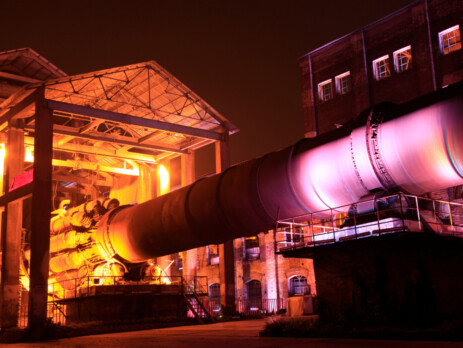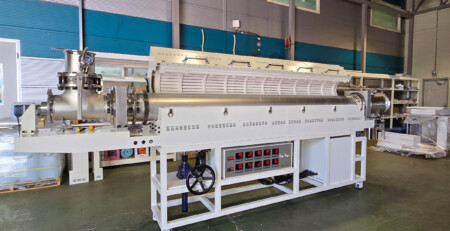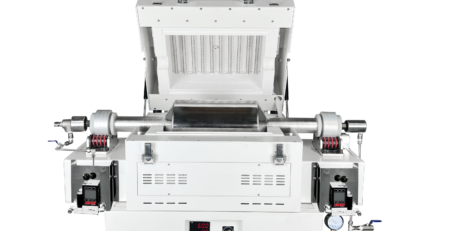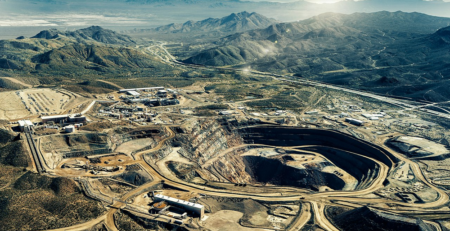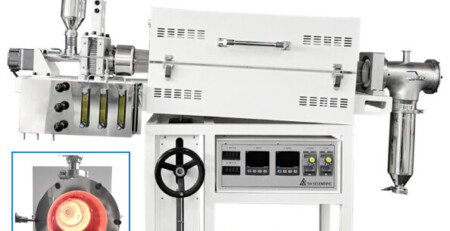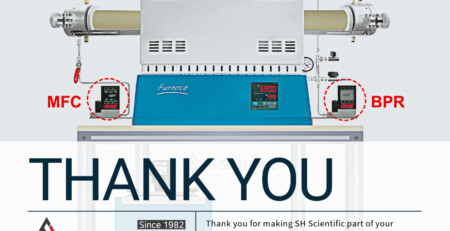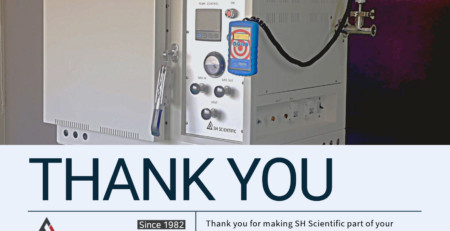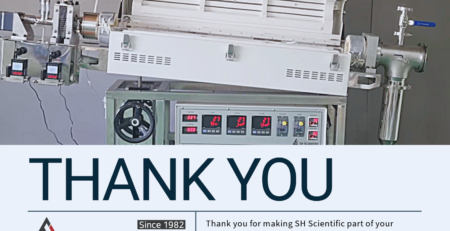From Roman Pozzolans to Modern Labs and Pilot Plants: Pioneering Low-Carbon Cement with SH Scientific
Cement has long been the backbone of human civilization, from ancient Egyptian gypsum-based binders to modern-day Portland cement. Yet as environmental concerns and performance requirements grow ever more urgent, there is a pressing need for new methods and materials that can deliver both durability and a significantly reduced carbon footprint. SH Scientific, a premier manufacturer of lab and pilot scale rotary kilns, also manufactures custom pilot-plant rotary kilns that meet advanced requirements and high-performance standards, playing a key role in this transformation by offering cost-effective, customizable solutions that enable thorough testing and process refinement before companies commit to full-scale facilities.
Tracing the Roots: From Gypsum to Roman Pozzolans
The earliest forms of cement date back to antiquity, when civilizations such as the Egyptians used gypsum mortars for monumental structures. However, a major leap occurred during the Roman era with the discovery of pozzolans—volcanic ash that, when mixed with lime, produced a remarkably resilient and long-lasting binder. This Roman cement was instrumental in building landmarks such as the Colosseum, many of which remain intact thousands of years later. By relying on volcanic ash rather than purely high-temperature processes, ancient builders effectively minimized both fuel usage and greenhouse gas emissions relative to what would come centuries later.
Portland Cement and the Carbon Challenge
Despite the longevity and lower emissions of pozzolan-based cement, the industrial era saw the rise of Portland cement, patented in the early 19th century. Producing Portland cement involves calcining limestone at temperatures of approximately 1,500°C (2,700–3,000°F), which releases substantial carbon dioxide—both from the fuel required and from the limestone itself. This technology facilitated the construction boom of the modern world but also contributed to the cement industry’s current footprint of roughly 8% of global CO₂ emissions.
Toward Eco-Friendly Solutions: Fly Ash, Bottom Ash, and Calcined Clays
Increasingly, researchers and companies are seeking ways to lower these emissions by using alternative materials such as fly ash, bottom ash, and calcined clays. In many instances, these supplementary cementitious materials can replace a significant portion of clinker, reducing the need for the most carbon-intensive phase of Portland cement production. Calcined kaolinite, also known as metakaolin, can be produced at considerably lower temperatures (650–750°C) while maintaining or improving critical properties like compressive strength and durability.
ECOMaterial Technologies: An Example of Industry Innovation
A noteworthy case of eco-driven innovation is ECOMaterial Technologies, which collaborates with power plants to reclaim coal combustion byproducts like fly ash and bottom ash. By converting these once-discarded materials into a pozzolanic blend, the company helps mitigate landfilling while reducing the high-temperature requirements of traditional cement production. Although their motivations for acquiring certain testing or production equipment are not explicitly disclosed, their example showcases a new wave of thinking in the cement sector, where industrial collaborations can lead to both environmental and economic benefits.
Bridging Research and Scale: The Role of SH Scientific’s Rotary Kilns
Developing and validating these new formulations requires precise research under realistic conditions, yet jumping straight to a commercial-scale plant can be prohibitively expensive and risky. SH Scientific’s lab and pilot scale rotary kilns address this challenge by offering:
- High Customizability at Reasonable Costs
Each system can be tailored—whether it’s multi-zone temperature control, adjustable rotation speed, or flexible atmospheric conditions—allowing companies to simulate their specific clinker or pozzolan processes on a smaller, more economical platform. - Safe and Scalable Environment
Testing in a pilot-scale rotary kiln significantly reduces the hazards and costs associated with full-scale trials, making it possible to optimize process parameters before committing to large-scale capital investments. - Versatile Application Scope
While ideal for the cement industry’s R&D and proof-of-concept needs, SH Scientific’s rotary kilns also serve a broader range of sectors—from metallurgy to advanced materials—further demonstrating their reliability and adaptability.
A Pathway to Sustainable Growth
As researchers refine methods for replacing clinker with alternative binders and companies explore circular economy principles, the cement industry is poised for a radical shift toward more sustainable production. The key lies in coupling innovative material science with thorough testing protocols that validate performance, durability, and scalability.
SH Scientific helps bridge these gaps by offering lab and pilot scale rotary kilns that are both sophisticated and accessible, supporting a new generation of eco-conscious cement and concrete research. By turning laboratory insights into proven industrial practices, companies can confidently scale up production methods that not only reduce carbon emissions but also produce robust building materials ready to meet the demands of a rapidly evolving global market.

